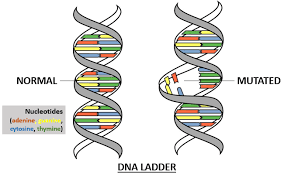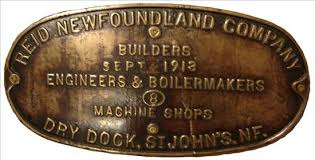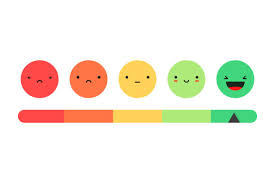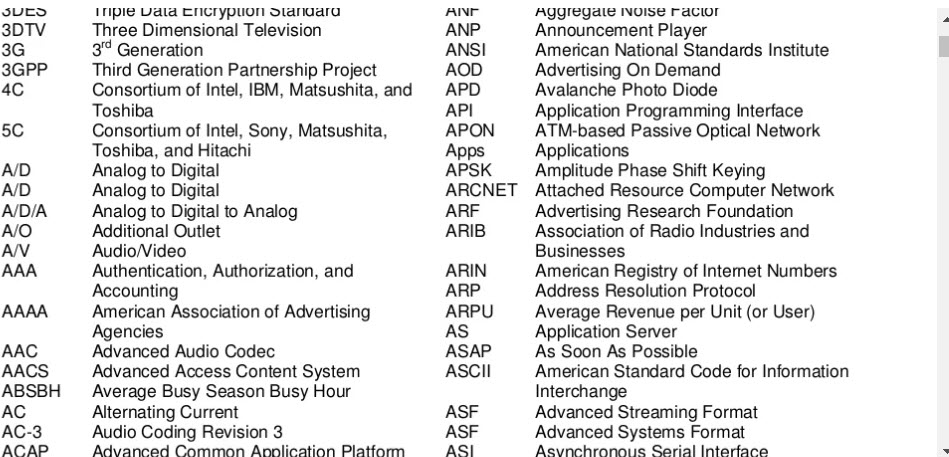Develop a Brand Strategy and Cut Once.
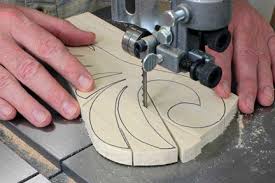 Brand strategy is a unique undertaking. It’s not many things, it’s one thing. Full stop.
Brand strategy is a unique undertaking. It’s not many things, it’s one thing. Full stop.
When done correctly, brands have one strategy. One “organizing principle for product, experience and messaging” that is sacrosanct. Inviolate. At What’s The Idea? brand strategy is constructed using one brand claim and three proof (or support) planks. With this construct in place, every tactic thereafter is on strategy or off. It’s simple. Once the master brand strategy is done and done right, everything thereafter becomes additive and brand positive. Everything thereafter becomes brand management. Not rethink.
At ad agencies today, departments of brand planners oversee project tactics. They enable creative team to do good work, providing them counsel on interpretations of the strategy. It’s not necessary. Everyone in marketing is a strategist. Creatives. Project managers, Accountants. In their own little way. With a brand strategy in hand all team members can officiate execution. No matter their function.
In carpentry, there’s a saying “measure twice cut once.” Master brand strategy is the measure and tactics are the cutting.
Peace.


